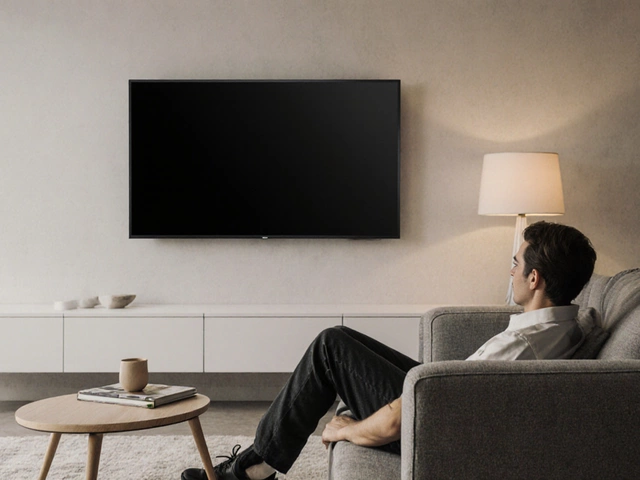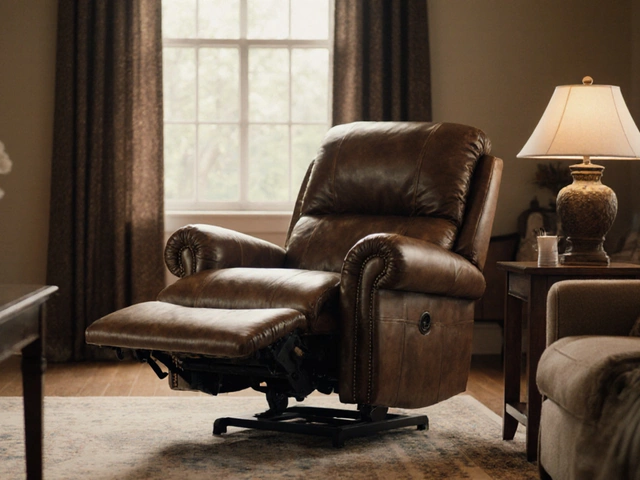Cost‑Effective Furniture Solutions for Every Home
Ever walked into a store and felt the price tag pinching your wallet? You’re not alone. The good news is you can still get stylish, sturdy pieces without breaking the bank. Below are real‑world tips that let you stretch every pound, whether you’re buying a new sofa or fitting out a bedroom.
Smart Ways to Cut Furniture Costs
First off, shop off‑season. Retailers slash prices on outdoor tables in winter and on sofas in January. It’s the same logic as buying a coat after the holidays – the inventory stays, the discount rises. Also, look for flat‑pack options that you can assemble yourself. You save on labor, and many manufacturers use solid wood cores that last for years.
Don’t overlook second‑hand markets. A well‑kept vintage dresser can cost a fraction of a new one and often comes with a story. Just check for structural damage, water stains, or loose joints. A quick sand and a fresh coat of paint can turn a thrift find into a centerpiece.
When you do buy new, focus on the big‑ticket items first. A sofa, a bed frame, and a dining table define the room’s look and feel. Save on side tables, decorative shelves, or accent chairs by picking cheaper finishes – a simple metal frame can look sleek next to a high‑end couch.
Know When to Invest and When to Save
Not everything deserves the same budget. For pieces that get heavy use – like a family sofa or an office chair – spend a little more on durable materials. Look for hardwood legs, reinforced joints, and high‑density foam. A solid investment here prevents replacements every few years, which ends up costing more in the long run.
Conversely, decorative items can be cheaper. A throw pillow, a lamp, or a wall art print can refresh a room without a big spend. Mix a few budget pieces with one quality anchor, and you get a balanced, cost‑effective look.
Maintenance also saves cash. Tighten loose screws, use coasters to avoid water rings, and rotate mattresses every six months. Simple habits extend the life of even the most affordable furniture, keeping you from needing a replace‑off‑the‑shelf later.
Finally, compare online reviews and price‑match policies. Many retailers will match a competitor’s lower price if you show proof. A quick phone call can shave off extra pounds before you checkout.
Bottom line: being cost‑effective isn’t about picking the cheapest thing everywhere; it’s about choosing where to splurge and where to save. Follow these tactics, and you’ll fill your home with pieces you love, without the buyer’s remorse.



